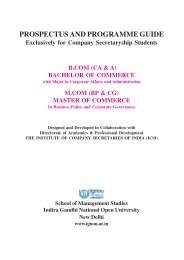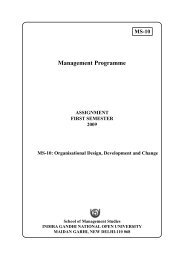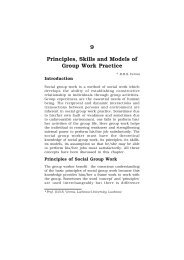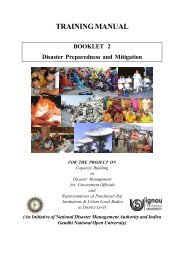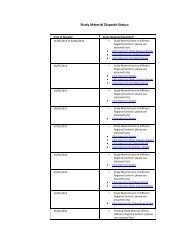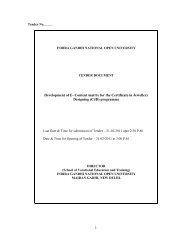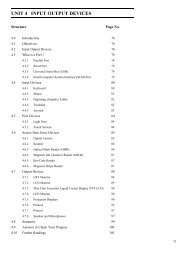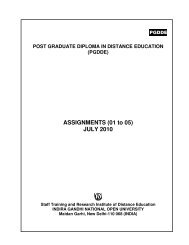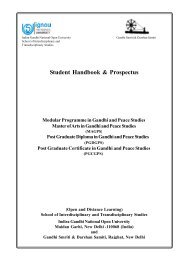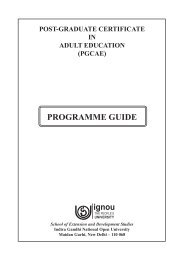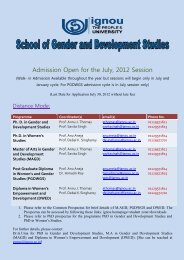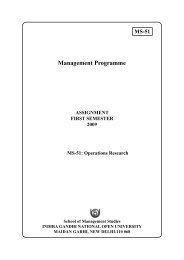MBA Prospectus-2014 - IGNOU
MBA Prospectus-2014 - IGNOU
MBA Prospectus-2014 - IGNOU
You also want an ePaper? Increase the reach of your titles
YUMPU automatically turns print PDFs into web optimized ePapers that Google loves.
Directions for questions 31 to 45 :<br />
TEST-II<br />
ENGLISH LANGUAGE<br />
This section consists of two passages followed by questions based on the contents of the passages.<br />
Answer the questions following each passage on the basis of what is stated or implied in the<br />
passage.<br />
Passage I<br />
Four legal approaches may be followed in attempting to channel technological<br />
development in socially useful directions: specific directives, market incentive modifications,<br />
criminal prohibitions, and changes in decision-making structures, Specific directives involve<br />
the government’s identifying one or more factors controlling research, development, or<br />
implementation of a given technology. Directives affecting such factors may vary from<br />
administrative regulation of private activity to government ownership of a technological<br />
operation. Market incentive modifications are deliberate alterations of the market within<br />
which private decisions regarding the development and implementation of technology are<br />
made. Such modifications may consist of imposing taxes to cover the costs to society of a<br />
given technology, granting subsidies to pay for social benefits of a technology, creating the<br />
right to sue to prevent certain technological development, or easing procedural rules to enable<br />
the recovery of damages to compensate for harm caused by destructive technological activity.<br />
Criminal prohibitions may modify technological activity in areas impinging on fundamental<br />
social values, or they may modify human behaviour likely to result from technological<br />
applications for example, the deactivation of automotive pollution control devices in order to<br />
improve vehicle performance. Alteration of decision - making structures includes all possible<br />
modifications in the authority, constitution, or responsibility of private and public entities<br />
deciding questions of technological development and implementation. Such alterations include<br />
the addition of public-interest members to corporate boards, the imposition by statute of<br />
duties on governmental decision-makers, and the extension of warranties in response to<br />
consumer action.<br />
Effective use of these methods to control technology depends on whether or not the<br />
goal of regulation is the optimal allocation of resources. When the object is optimal resource<br />
allocation, that combination of legal methods should be used that most nearly yields the<br />
allocation that would exist if there were no external costs resulting from allocating resources<br />
through market activity. There are external costs when the price set by buyers and sellers of<br />
goods fails to include some costs, to anyone, that result from the production and use of the<br />
goods. Such costs are internalized when buyers pay them.<br />
Air pollution from motor vehicles imposes external costs on all those exposed to it, in<br />
the form of soiling, materials damage, and disease; these externalities result from failure to<br />
place a price on air, thus making it a free good, common to all. Such externalities lead to<br />
nonoptimal resource allocation, because the private net product and a social net product of<br />
market activity are not often identical. If all externalities were internalized, transactions<br />
would occur until bargaining could no longer improve the situation, thus giving an optimal<br />
allocation of resources at a given time.<br />
203



